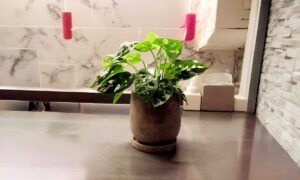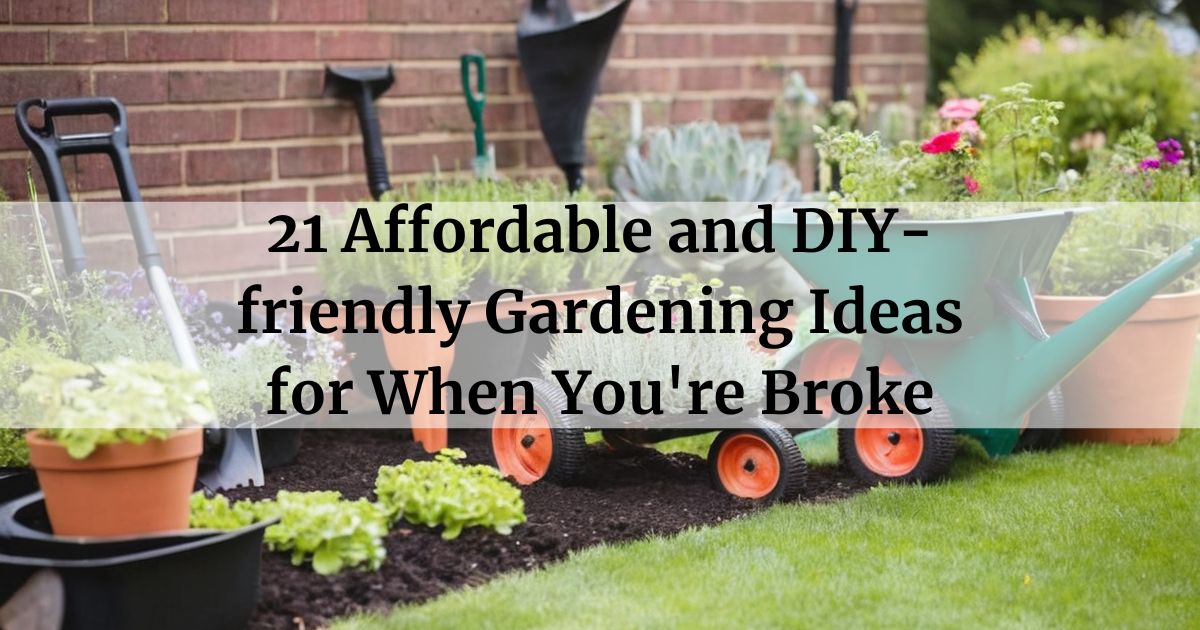
Gardening is a rewarding hobby, but getting started can be daunting if funds are limited. This article provides 21 inexpensive and do-it-yourself gardening methods to help you grow your own vegetables, herbs and flowers even on a tight budget.
In this article
- 1 Sow seeds
- 2 Grow veggies from scraps
- 3 Use repurposed containers
- 4 Start seeds indoors
- 5 Use old pantyhose
- 6 Companion plant
- 7 Mulch with leaves/grass
- 8 Build raised beds
- 9 Plant in trenches
- 10 Use rainwater/greywater
- 11 Grow vertical
- 12 Harvest seeds
- 13 Compost kitchen scraps
- 14 Make a cold frame
- 15 Attract pollinators
- 16 Control pests naturally
- 17 Barter and trade seeds/plants
- 18 Community garden plot
- 19 Forage for plants/recipes
- 20 DIY irrigation
- 21 DIY remedies
Sow seeds
Sow herb seeds directly in the garden or start them indoors a few weeks before the last frost date, then transplant seedlings into the ground when temperatures are reliably warm.
RELATED: What is the best way to start an indoor herb garden, seeds or plants?
Grow veggies from scraps
Cut potatoes, carrots, beets and other root veggies into pieces with at least one eye, place cut side down in soil and water regularly as new roots and plants form.
Use repurposed containers
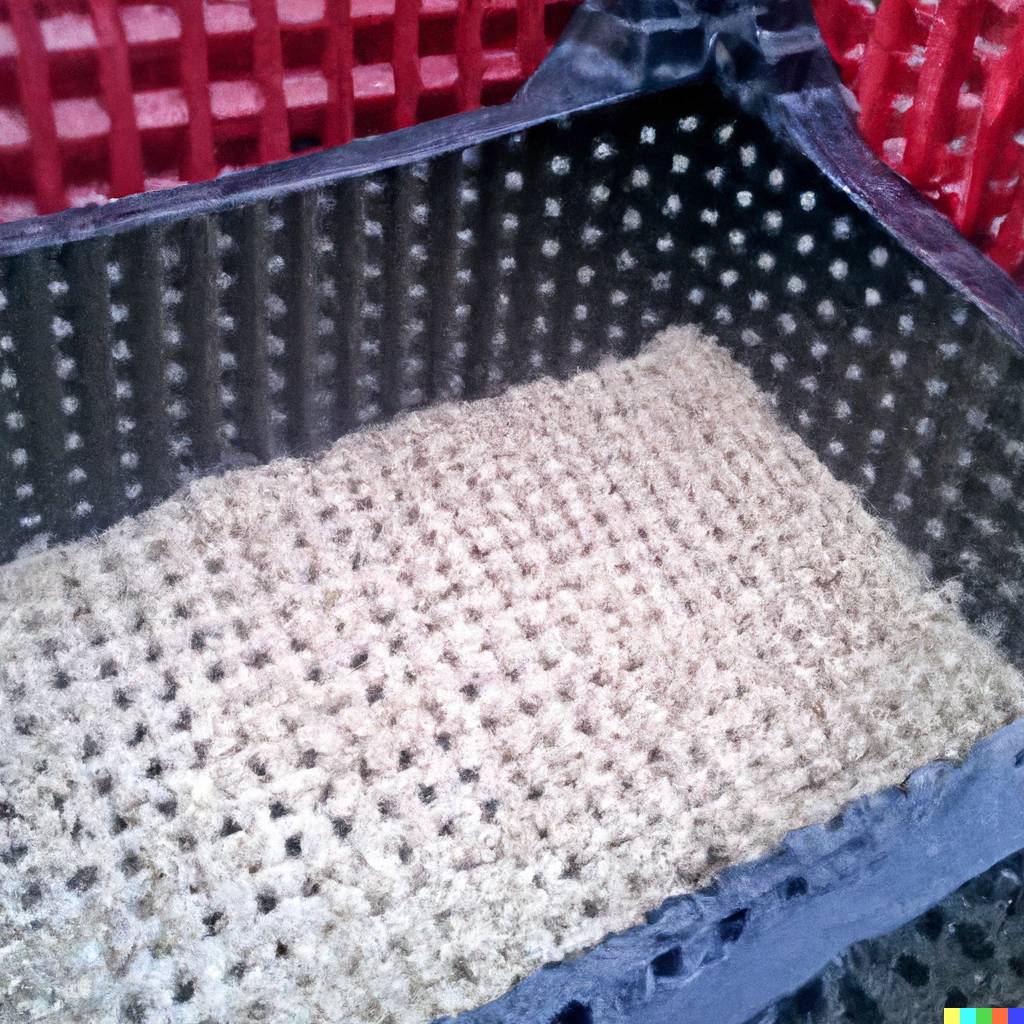
Clean out old tires, buckets, jugs and give them drainage holes to use as planters for trees, shrubs or annuals by filling with potting soil. Alternatively, pallets can be broken down to make raised beds.
Start seeds indoors
Place seed starting mix in egg cartons, toilet paper rolls or seed starting trays and sow seeds following package instructions, keeping the seedlings in a sunny window and watered until safe to harden off and transplant outside.
Use old pantyhose
Cut lengths of old pantyhose that are no longer usable on the legs, keeping the elastic waistband intact. The material is soft enough not to damage young plant stems but strong enough to hold them upright or provide support to top-heavy vegetables and flowers. By repurposing pantyhose that would otherwise be thrown away, gardeners save money versus purchasing plant ties each season.
Companion plant
Interplant veggies and flowers that benefit each other, such as carrots and tomatoes, to enhance growth and natural pest control so individual plants require less space.
RELATED: Kitchen Herbs with Similar Growing Requirements [Companion Planting]
Mulch with leaves/grass
Cover soil around plants with a 2-4 inch layer of dried leaves, grass clippings or shredded paper to retain soil moisture and block weeds from sprouting while enriching the soil as materials break down.
RELATED: Should You Mulch Your Indoor Herb Garden?
Build raised beds
Construct simple frames by lashed together branches, landscaping timbers or pallet sides, then fill with a mix of native soil and compost to provide more fertile planting area and better drainage than ground level.
Plant in trenches
Dig shallow trenches along the contour of sloped land and backfill with a soil and compost mixture, planting seeds or transplants close together in the trenches to make the most of the space and water in one area.
Use rainwater/greywater
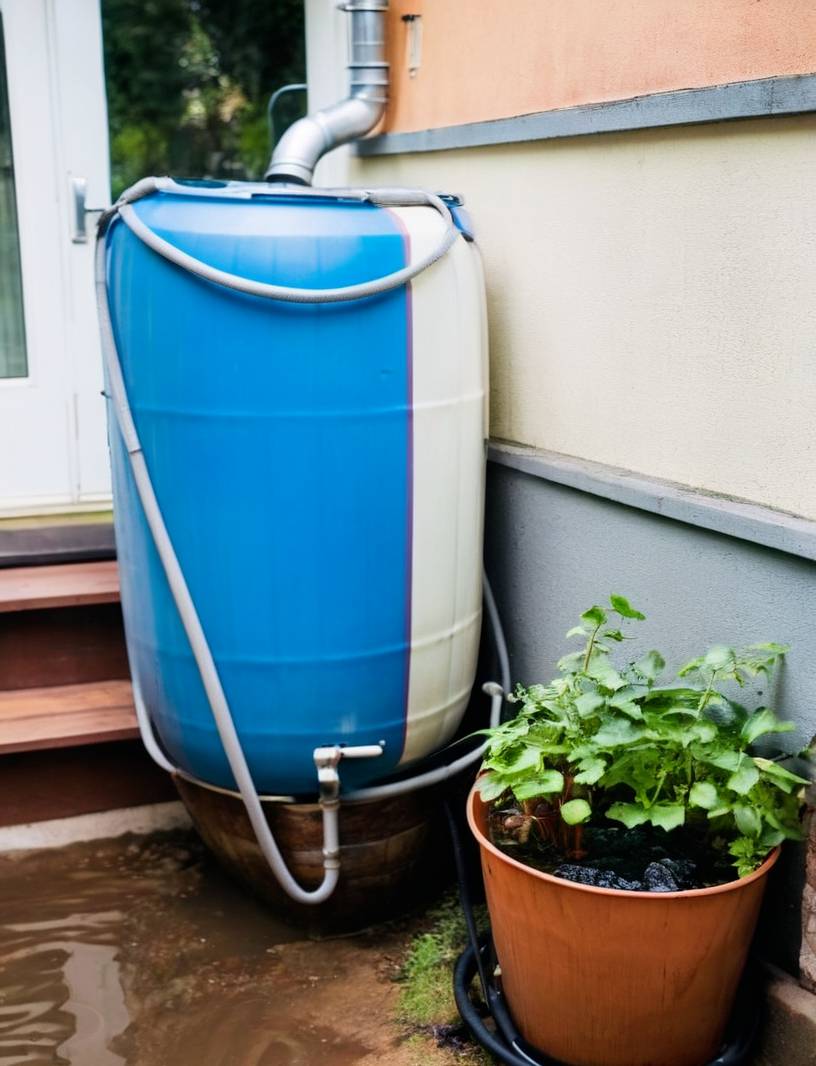
Install rain barrels under downspouts or direct laundry water to water plants, conserving water and nutrients that would otherwise be wasted.
Grow vertical
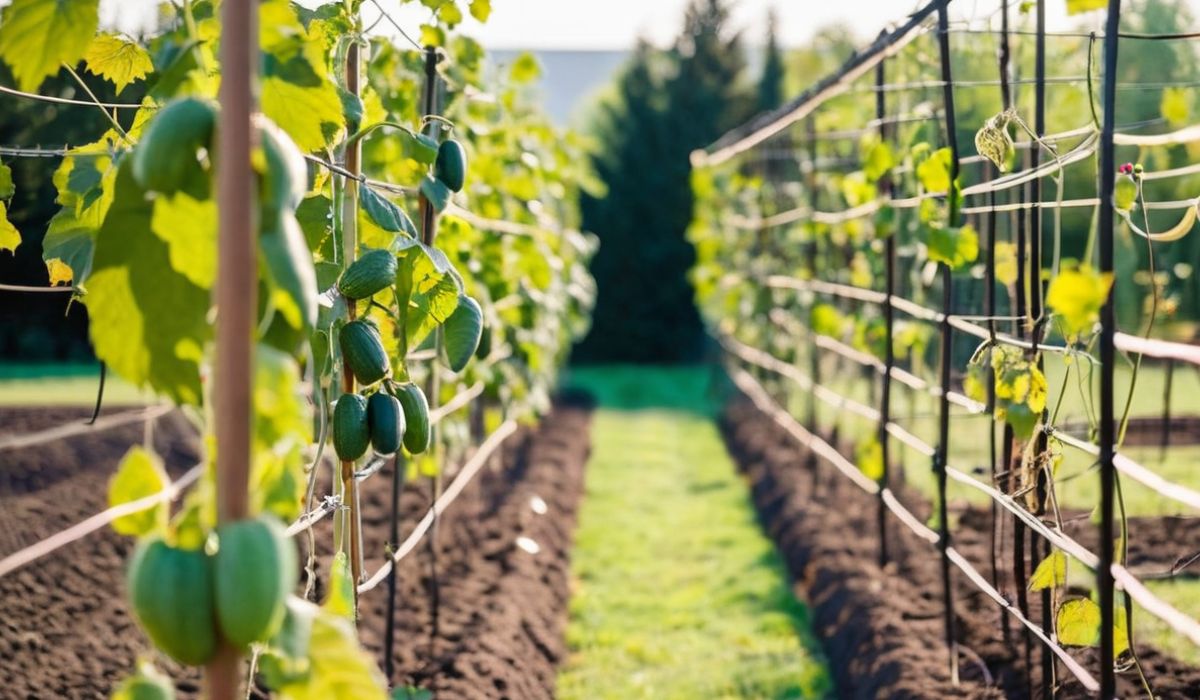
Build arbors, fences or freestanding trellises for vines like cucumbers and pole beans to climb, making the most of available garden space by growing up instead of out.
Harvest seeds
Allow seeds from healthy plants to fully ripen and dry on the vine/plant, then collect and store in labelled envelopes to sow the following season and preserve varieties.
Compost kitchen scraps
In a covered bin, layer brown materials like dried leaves with green items like fruit/veggie scraps and provide occasional water and mixing until waste is decomposed into valuable soil additive.
READ MORE: Guide to Soil Components: Peat Moss, Perlite, Sand, Organic Matter, and Compost
Make a cold frame
Construct a simple wooden frame and top it with an angled pane of glass or plastic to extend the garden season, passively warming soil for starting plants early in spring or protecting from fall frost.
Attract pollinators
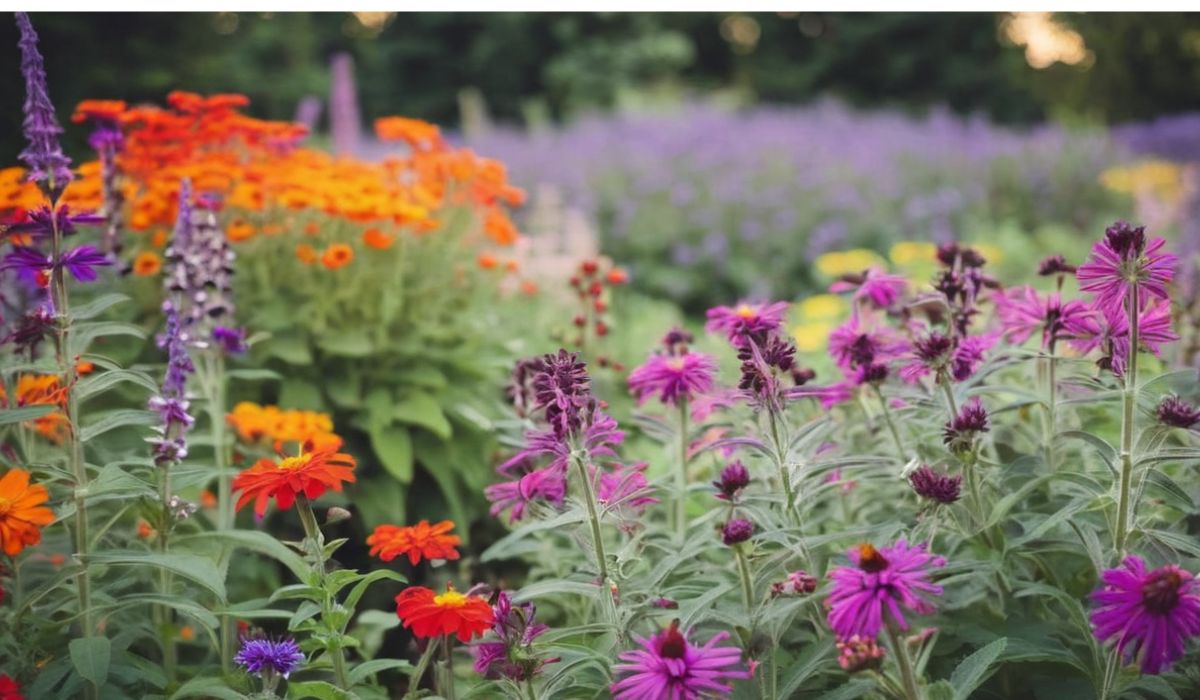
Include flowers like salvia, zinnias and asters that provide pollen and nectar to support bee, butterfly and hummingbird populations essential for plant reproduction.
Control pests naturally
Use diatomaceous earth on soft-bodied pests, spray neem oil as an insecticide and fungicide, and interplant insect-repellent plants with vulnerable crops for natural protection.
Barter and trade seeds/plants
Connect with local gardening groups to directly swap extra seeds, starter plants and cuttings you’ve grown for new varieties to expand your garden assortment.
Community garden plot
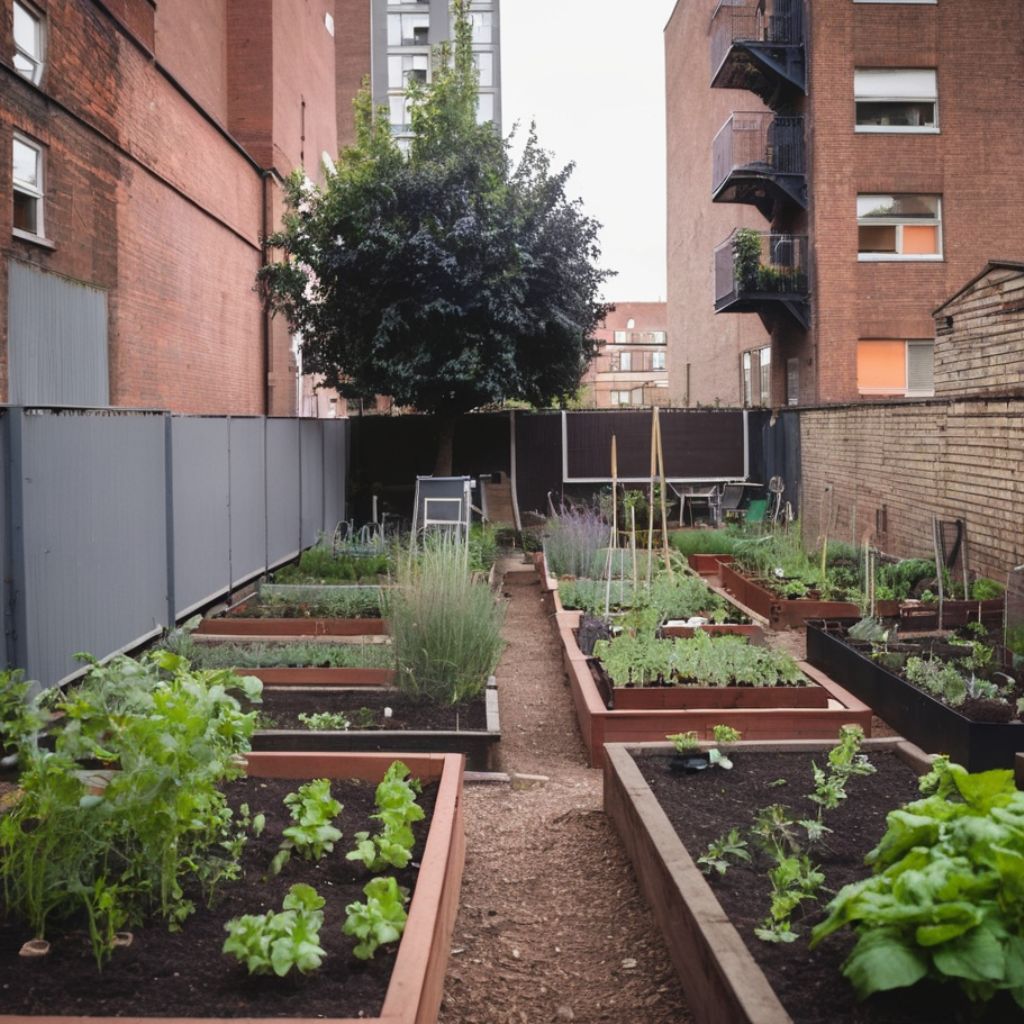
Inquire with parks departments or churches about shared garden plots available for a small annual rental fee, giving access to land, water and community.
Forage for plants/recipes
Source edible weeds from your lawn or untended areas to cook with, like dandelion flowers or daylily buds, at no monetary cost.
DIY irrigation
Create simple watering systems using perforated hoses, soaker tubes or drip lines to deliver water directly and uniformly to roots without waste.
DIY remedies
Make natural sprays from materials like wood ash to control powdery mildew or leaf miners, or use epsom salt mixed with water as a magnesium treatment for yellowed leaves.
In my experience, gardening on a tight budget can still allow you to grow an abundance of fresh produce, herbs and flowers with some creativity and by taking advantage of available low-cost materials.
With persistence and many of these affordable hacks, anyone can enjoy the rewards of their very own home herb and vegetable garden.
Happy gardening!

